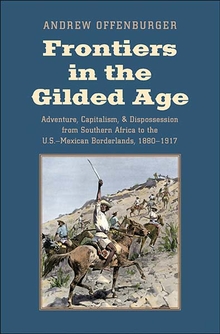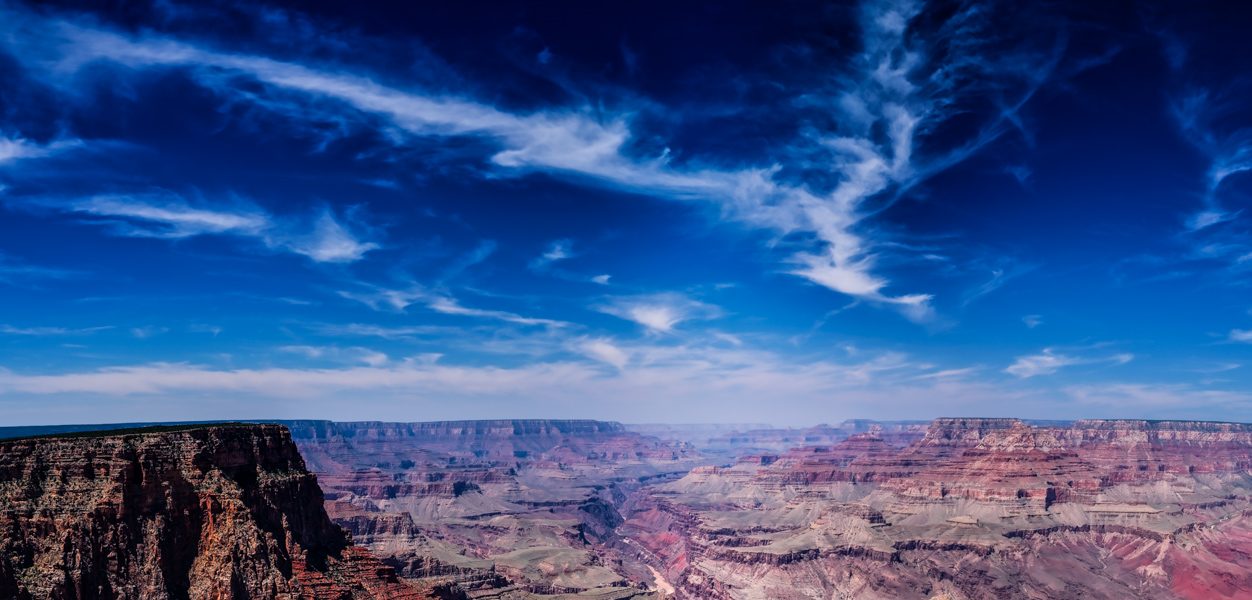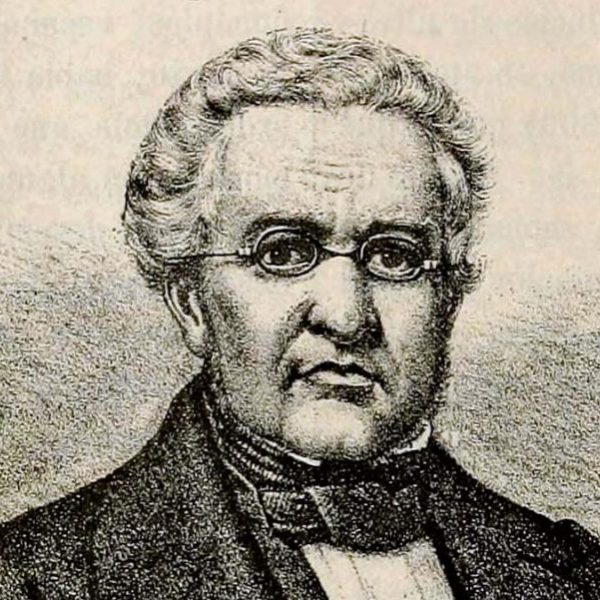Adventure Capitalism and the Frontier Question
Andrew Offenburger—
In 1883, an academic and traveler named William Henry Bishop posed a question on many Americans’ minds. “What is a world to do,” he asked, “when it has no longer a West?” Bishop wondered how the United States would continue to expand beyond California, following a pattern of expansion centuries old.
Capitalists and investors on the East Coast especially couldn’t imagine breaking from a routine that had proven so effective: occupying indigenous lands beyond government reach, removing Native Americans, extending a railroad line, promoting colonization, and hoping for political annexation along with realized profits. A frontier logic, however problematic, had been at the heart of the American experiment from the beginning, from the first colonies to trans-Appalachia, the Old Northwest, and beyond the Mississippi River, ending at Californian shores.
An absence of contiguous lands (controlled by indigenous peoples) suddenly challenged this expansive habit. The logic of Manifest Destiny—the inevitable acquisition of territory characterized as “empty”—no longer sufficed as justification on its own.
Some opportunists stuck to this imperial habit, charging ahead by exporting the frontier to nearby nations. In the Mexican North, Americans invested in industrial agricultural enterprises, bought lands, divided them, built irrigation canals, made appeals to railroad companies, promoted colonization, and even lobbied politicians for annexation as late as 1917. (The pre-Civil War movement for “All Mexico!” survived in various forms up to World War I.) In more distant places, like Hawai’i, Sanford Dole and his associates tried to corner the sugar market by overthrowing indigenous polities and forcing the question of political acquisition upon the U.S. government. Additional regions like Cuba, Nicaragua, Australia, the Alaskan Yukon, and southern Africa, among them, attracted a similar cast of questionable characters one might call “adventure capitalists.”
These men were drawn by romanticized visions of the past, hoping to dabble in danger while leading to newfound wealth in distant lands. An entire network of these (nearly all) men spanned multiple continents, betting on the continued profitability of the American model. Frederick Russell Burnham, an adventurer who spent time in Mexico, the Yukon, and throughout Africa, evoked this global network when he said, “Yeaton is now off to Venezuela with an old-time prospector whom I knew in Tombstone forty years ago. They are going down to the district where Bob Adams of Alaska has made the big gold.”
This class of western dreamers flourished between 1890 and 1917. They shared tales of self-perceived glory in clubs (e.g., the Rocky Mountain Club of New York) and periodicals (e.g., Adventure magazine) and they could be found in every major conflict of the era. Figures like William (“Buffalo Bill”) Cody, Cecil Rhodes, and Theodore Roosevelt stood as exemplars of their worldview, extolling, in Roosevelt’s words, the “barbarian virtues” together with the conservation movement of the Progressive Era.
In this unique historical moment, the Boy Scouts of America was born, an organization that combined military preparedness with environmental sensibilities. Inspired by a class of international mercenary men, first developed in England and then adopted around the world, the Boy Scout Movement might appear to the public today as a truly American organization. It certainly does good work, and Eagle Scouts number among the most active and productive members of U.S. society. But the organization’s international roots extend deep into this murky historical moment, with the apotheosis of a romanticized West and the entrenchment of capitalism.
These adventurers (and the companies they often formed or protected) answered the frontier question by keeping to the proven American pattern overseas. But this inevitably led to conflict and, in the best of cases, questions of governing peoples far removed from the mainland United States, peoples who did not care for its “empire of liberty.”
Others saw an alternative answer to the frontier question: extractive capitalism. Bishop, who was traveling in Mexico when he asked what the world would do without a West, argued against the old model of settler colonization. Development in Mexico “must not be sought in a parallel situation of things in the United States, but rather in such countries, perhaps, as Russia and India, with a large peasant population to be developed, instead of a new population to be created.” With an “infinitesimal immigration” of Americans to Mexico, he wrote, the nation “presents no great inducements to it at present. It must depend upon the local carrying trade and natural development of the industries and commerce of the country.” In twentieth-century terminology, Bishop favored a relationship based on resource extraction.
A Mexican colonel, Nicolás España, was one of Bishop’s informants. España recognized the potential for this new model of development, sure, but he viewed it from the other side of the border. He worried about the economic consequences of extractive capitalism on the host country, in this case his native Mexico. “You will not annex us with bayonets,” he said bluntly. “You will annex us with dollars.” This might have been the case, had not the Mexican Revolution erupted in 1910, a fierce but scatter-shot rejection of wealth disparity, political inequality, and foreign domination of the economy.
After World War I, the model proposed by Bishop and visible to España became the preferred method of investment for American companies. With no contiguous, indigenous-occupied lands to appropriate, weary from the costs of international warfare, and hesitant to prop up the settler colonial model in foreign lands, the United States sought more extractive methods of capitalist development. But between the extension of railroads into Mexico (after 1880) and the Mexican Revolution and U.S. involvement in World War I (1917), the frontier question gave rise to a movement of adventure capitalists and the organization they in part inspired. Such cultural artifacts as the Boy Scouts—as with the spectrum of states and territories like Hawai’i, Puerto Rico, Guam, and American Samoa—now form an integral part of the contemporary United States while simultaneously preserving a troubled past.
Andrew Offenburger is Assistant Professor of History at Miami University and author of Frontiers in the Gilded Age: Adventure, Capitalism, and Dispossession from Southern Africa to the U.S.-Mexican Borderlands, 1880-1917.
Further Reading:



























